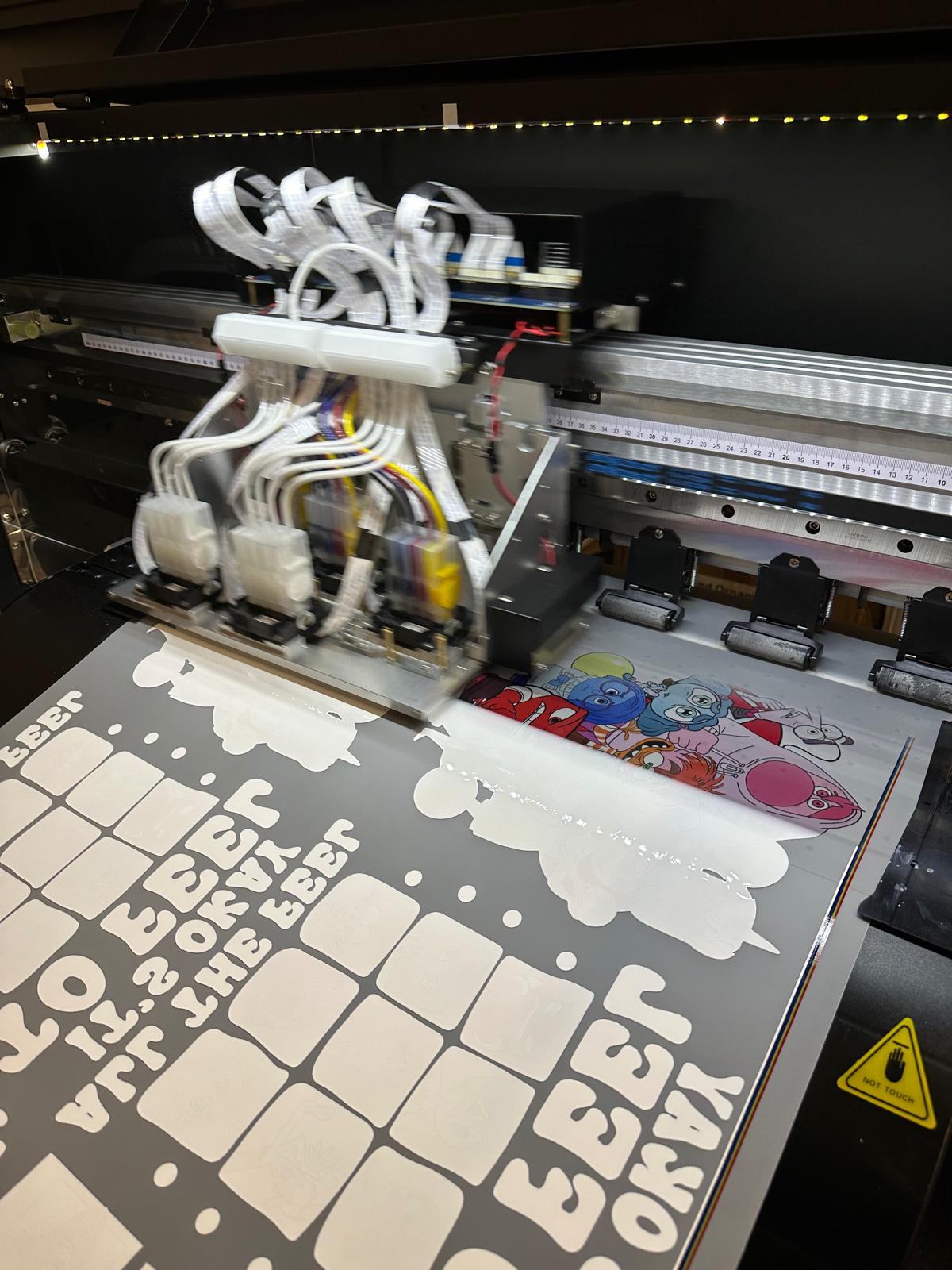Direct-to-Film (DTF) printing has rapidly become a favored method in the printing industry due to its versatility, efficiency, and high-quality results. As environmental concerns grow, the importance of sustainability in DTF printing is increasingly recognized. This blog post explores why sustainability in DTF printing matters and highlights how adopting eco-friendly methods benefits both businesses and the planet.
The Importance of Sustainable Printing Practices
Sustainable printing practices are essential for minimizing the environmental impact of manufacturing processes. Traditional printing methods often rely on chemicals and non-recyclable materials, contributing significantly to pollution and waste. Embracing sustainable methods in DTF printing helps in:
- Reducing Waste: Utilizing recyclable materials and optimizing printing processes significantly lowers environmental footprints. This involves reducing material waste during production and ensuring leftover materials are either recycled or reused.
- Conserving Resources: Sustainable practices often involve using less water and energy, which helps conserve these critical resources. This not only benefits the environment but can also result in cost savings for businesses.
- Minimizing Chemical Use: By using eco-friendly inks and materials, the release of harmful chemicals into the environment is minimized, protecting both ecosystems and human health.
Implementing Sustainable Practices in DTF Printing
-
Eco-Friendly Inks and Materials:
- Non-Toxic Inks: Using water-based and non-toxic inks reduces the emission of volatile organic compounds (VOCs) that can harm the environment and human health. These inks are designed to be safe and sustainable without compromising print quality.
- Recyclable Films and Fabrics: Choosing recyclable materials for printing films and fabrics helps in reducing waste and promotes a circular economy. This practice ensures that materials can be repurposed rather than ending up in landfills.
-
Energy Efficiency:
- Advanced Printing Technologies: Implementing energy-efficient printing technologies can significantly reduce energy consumption. Modern printers that use less electricity while maintaining high performance contribute to a lower carbon footprint.
- Sustainable Operations: Regular maintenance of equipment to ensure optimal performance and energy efficiency is crucial. This practice not only extends the life of the machinery but also ensures consistent, eco-friendly production.
-
Waste Minimization:
- Precision Printing Techniques: Utilizing precise printing techniques helps minimize material waste by ensuring that only the necessary amount of ink and materials are used. This reduces the amount of excess waste produced during the printing process.
- Recycling Programs: Establishing recycling programs for used materials and printing waste ensures these items are properly disposed of or repurposed. Encouraging customers to return used products for recycling can further enhance sustainability efforts.
Why Sustainability in DTF Printing Matters
- Environmental Protection: Sustainable printing practices help protect natural ecosystems by reducing pollution and conserving resources. This is crucial for maintaining biodiversity and ensuring a healthy environment for future generations.
- Health Benefits: Minimizing the use of harmful chemicals in printing processes protects the health of workers and consumers alike. Non-toxic inks and materials reduce the risk of exposure to dangerous substances.
- Economic Advantages: Sustainable practices can lead to cost savings through more efficient use of materials and energy. Additionally, a commitment to sustainability can enhance a company's reputation, attracting environmentally conscious customers and opening new market opportunities.
Conclusion
Sustainability in DTF printing is not just a trend but a necessary evolution for the industry. By adopting eco-friendly practices, businesses can reduce their environmental impact while maintaining high-quality printing standards. Emphasizing sustainability not only benefits the planet but also positions companies to meet the growing demand for environmentally responsible products. Implementing these practices can set businesses apart, attract eco-conscious customers, and contribute to a greener future.
By Transfer Print center
in July 27,2024

